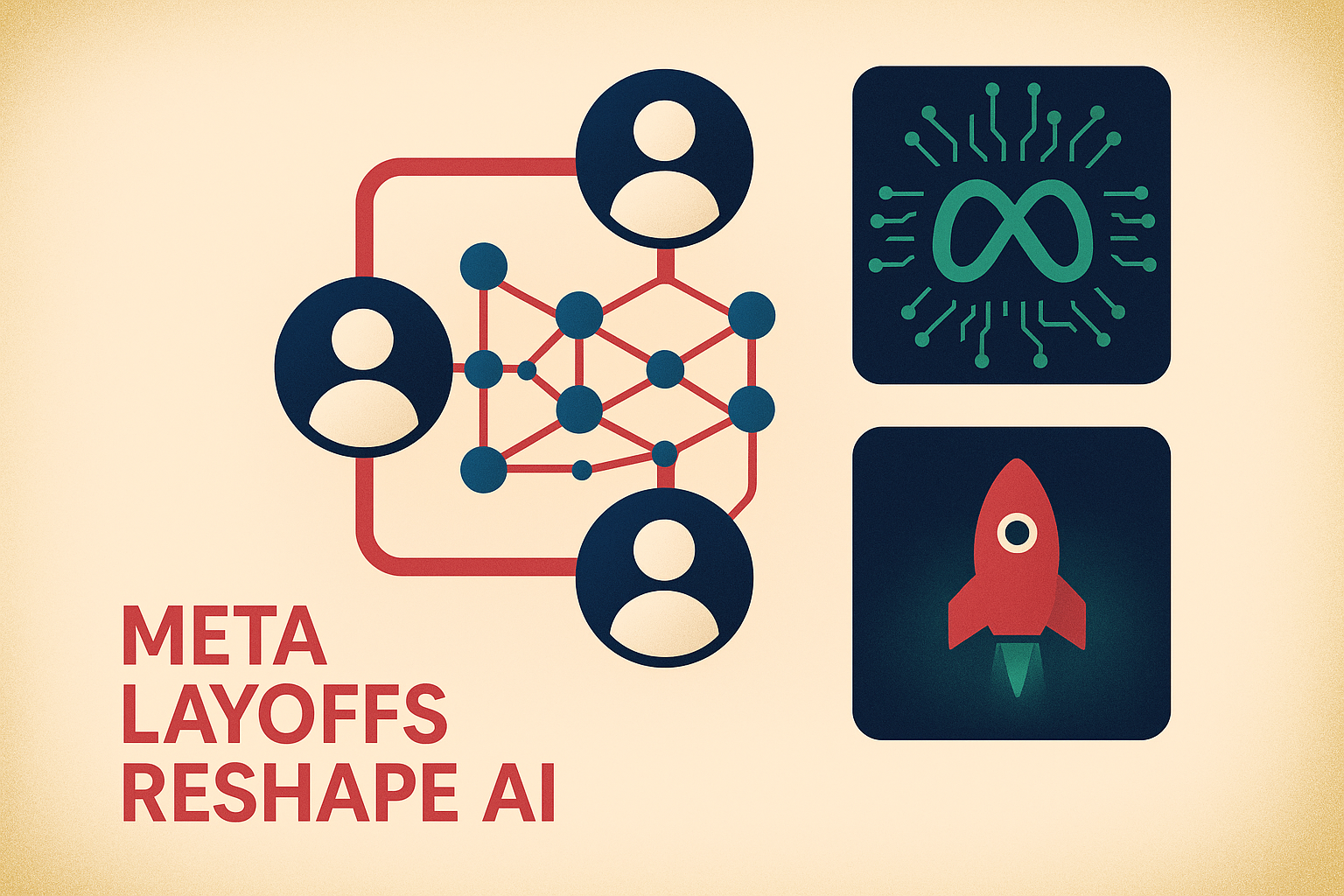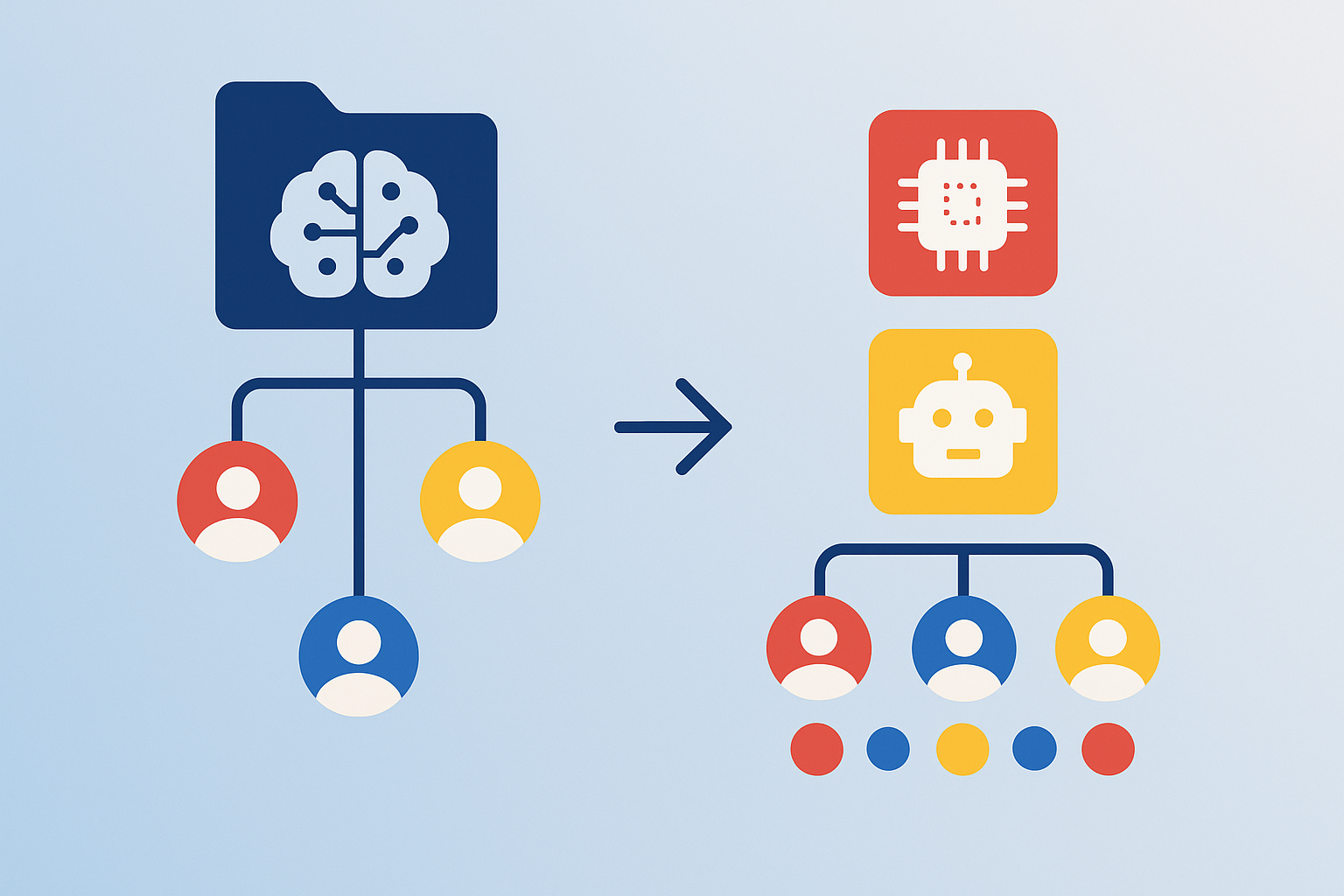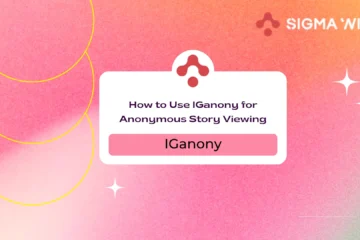
How Meta Layoffs Shape the Future Of AI Talent
The recent wave of layoffs in the tech world has reached even the biggest names—and Meta’s decision to scale back its workforce, especially in artificial intelligence, has everyone talking. As the company behind Facebook and Instagram, Meta’s choices don’t just stay in-house; they influence the whole AI landscape. This shake-up raises big questions about the direction of AI research, where the best minds will go next, and how these changes will impact innovation. Let’s take a closer look at how the “meta layoffs ai” trend is reshaping the talent pool, shifting strategic priorities, and affecting the future of artificial intelligence.
Scope and Scale of Meta’s AI Layoffs
Meta’s latest round of restructuring, announced in 2025, affected roughly 10-15% of its team. A large portion of these cuts hit groups focused on artificial intelligence. This included teams working on generative AI, tools for the metaverse, content moderation automation, and R&D projects. These cuts show that Meta is changing course—moving away from broad AI experiments and focusing on AI that can directly boost their core products and drive revenue.
Recent company reports underline a new focus on using “applied AI” to improve user experiences across Meta platforms. Some long-term research projects are being phased out, while resources and top AI experts are now entering the wider tech job market. Though some initiatives remain, many have been put on the back burner or ended completely.

The Shift in AI Talent Distribution
The global race for AI talent is fierce. Industry experts estimate that Meta’s layoffs have spurred at least a 20% jump in AI professionals moving between companies. Many former Meta engineers have joined fast-growing startups or signed on with heavyweights like OpenAI, Google DeepMind, and Anthropic. Others are carving their own paths, joining early-stage ventures or even launching their own startups with their machine learning and generative AI skills.
This talent migration brings both hurdles and fresh opportunities. Big tech firms are now competing more intensely for top candidates, but at the same time, the surge of experienced engineers is energizing the startup scene. Tech hubs around the world are seeing bursts of new ideas and energy, giving a boost to innovation and leadership in young companies.
Rethinking AI Research & Industry Development
Meta’s change in direction is making the industry rethink the future of ambitious, open-ended AI projects. While some worry these layoffs could slow groundbreaking discoveries, others believe that leaner teams with clear business goals could actually unleash more focused innovation. Meta’s own shift toward AI-driven product upgrades—like better content filters and smarter recommendations—shows how their priorities are shifting to making AI useful in everyday life.
Other major tech companies are taking similar routes or, in some cases, doubling down on AI research. Comparing these strategies gives new insight into how organizations juggle profits, research cycles, and changing user demands. What’s emerging is a reworked blueprint for how AI projects get funding, resources, and evaluation in today’s industry.
If you’re curious about the trends pushing AI’s evolution, this deep dive into large language models sheds light on the tech foundations behind these industry changes.
Career Advice and New Opportunities for AI Professionals
For AI experts affected by these changes, there’s still strong demand in the job market—even if the playing field looks different now. Here are some practical tips for navigating these new waters:
- Embrace agility: AI pros who can shift between projects and specialties are highly valued by startups and big companies alike.
- Consider emerging sectors: Industries like health tech, finance, and education are eager to bring in AI talent to tackle tough, specialized problems.
- Expand networks: Getting involved in open-source projects, research communities, or attending industry events can open doors and spark new career connections.
- Pursue continuing education: Building skills in hot areas like generative AI or explainable machine learning can give you an edge during this time of transition.
The current shifts also highlight the ongoing importance of AI safety and ethics, particularly for products aimed at younger audiences. If you’d like to learn more about best practices and issues around AI tools for kids, check out this in-depth look at AI safety for children.
Broader Industry Implications and Future Outlook
The “meta layoffs ai” story is much more than news headlines—it’s helping to speed up change across the tech landscape. Talent moving into new arenas is sparking fresh startup growth, changing how AI resources are used around the world, and raising the stakes for making AI research count in real life. What does this all mean for innovation? While there may be some short-term bumps and uncertainty, the longer view suggests more creative, entrepreneurial AI work and a quicker move toward useful, real-world solutions.
These shifts echo across the rest of the AI and tech world. If you’re following the rise of conversational AI, check out this article on chat AI characters and how they’re evolving. It shows how new ideas and voices are emerging as a result of all this change.
The next chapter for AI is just starting—and the current reshuffling of Meta’s AI teams is likely to leave a mark for a long time to come.



